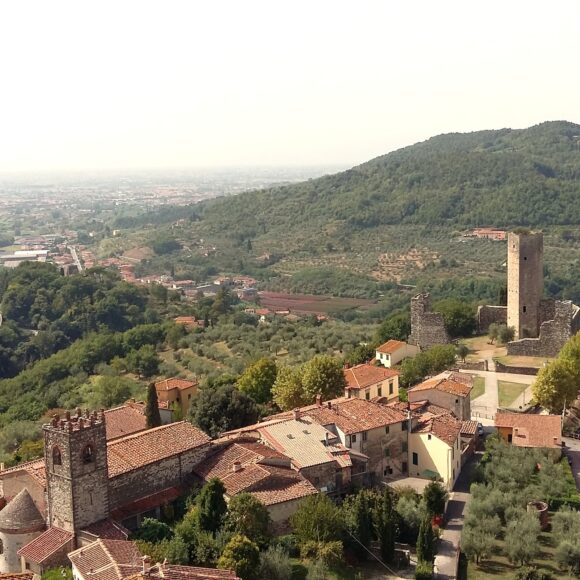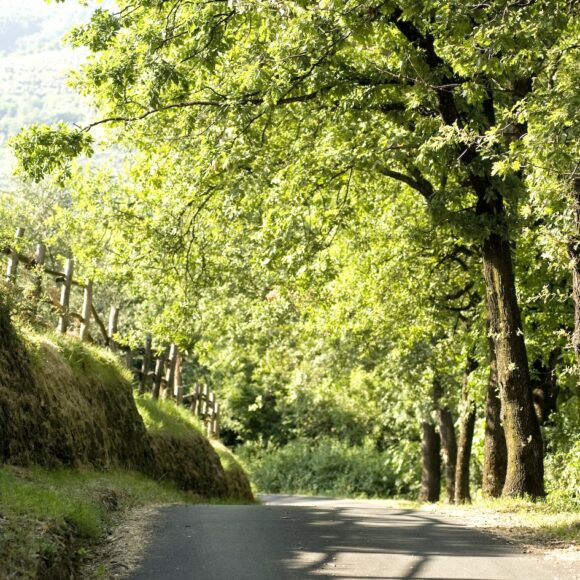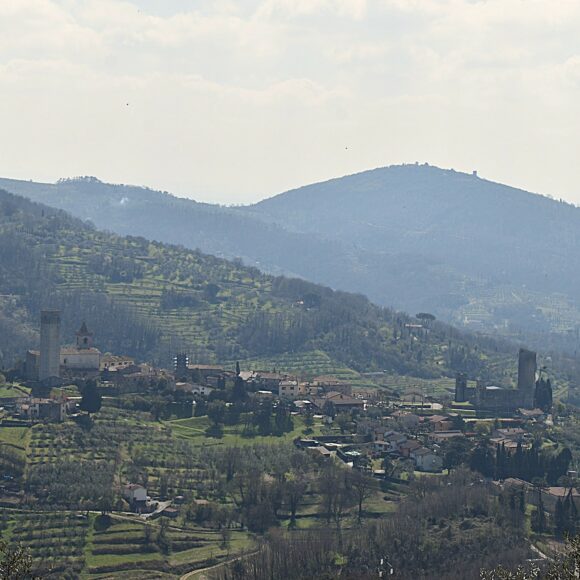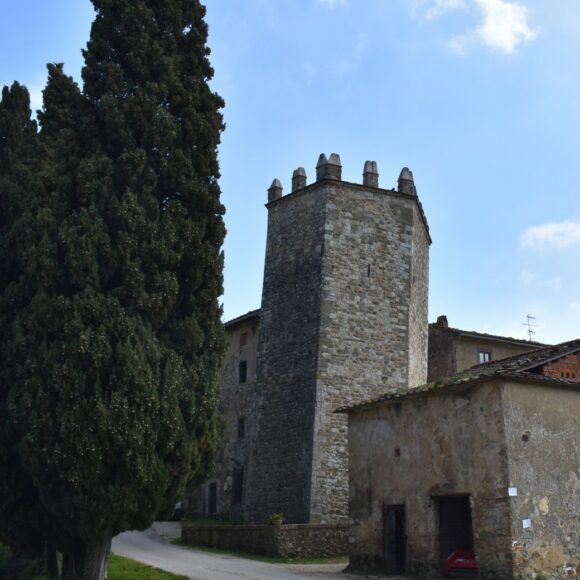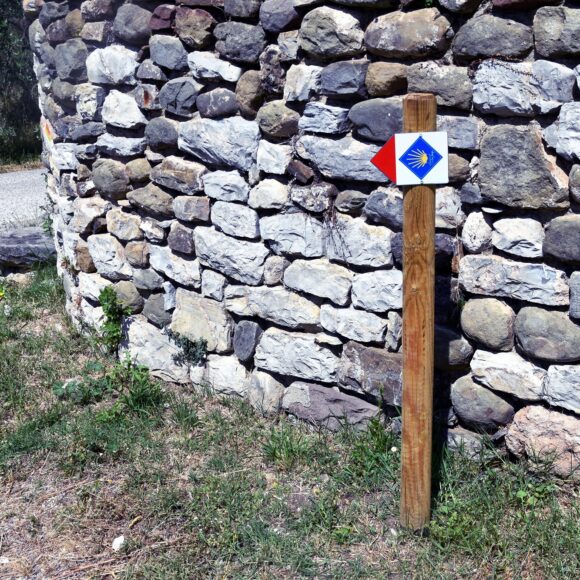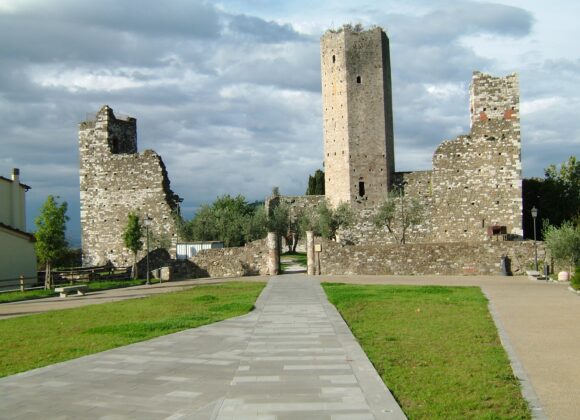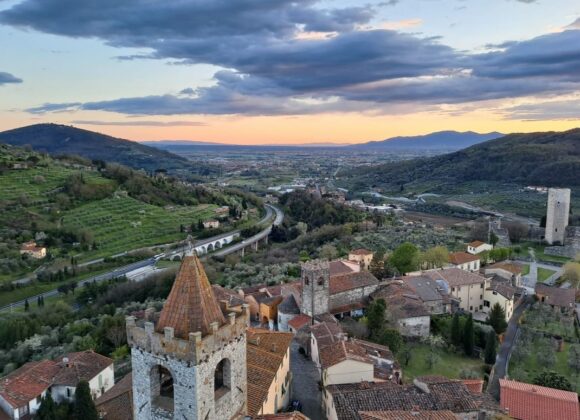Routes / Out of town
CAI Trail 821: from Masotti to Vinacciano, Through woods and olive groves
For those who love walking outdoors
MasottiVinacciano
A route that winds through natural landscapes and charming hilltop villages, connecting Serravalle Pistoiese train station to the heart of the Montalbano area.
Stages Route
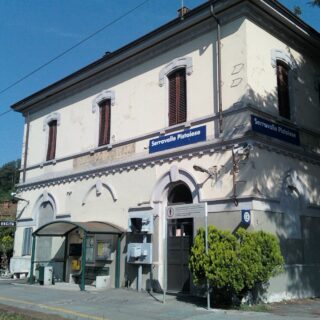
Masotti
Masotti
Vinacciano
TAPPA 1
Masotti
At the foothills of Montalbano, Masotti is a residential area connecting the village of Serravalle to the Pistoia plain. Thanks to its railway station, it serves as an important transport hub.
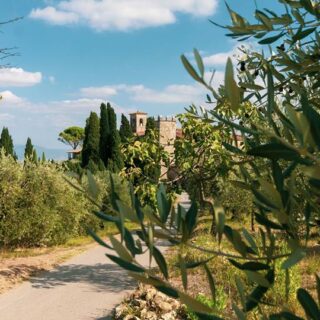
Vinacciano
Masotti
Vinacciano
TAPPA 2
Vinacciano
Rising on a hill of Montalbano, Vinacciano has ancient origins and was fortified in the Middle Ages. Conquered in 1318 by Castruccio Castracani, it played a strategic role in the conflicts between Pistoia and Lucca. After the capture of Pistoia in 1322, the Lucchese strengthened it and stationed a garrison there.


